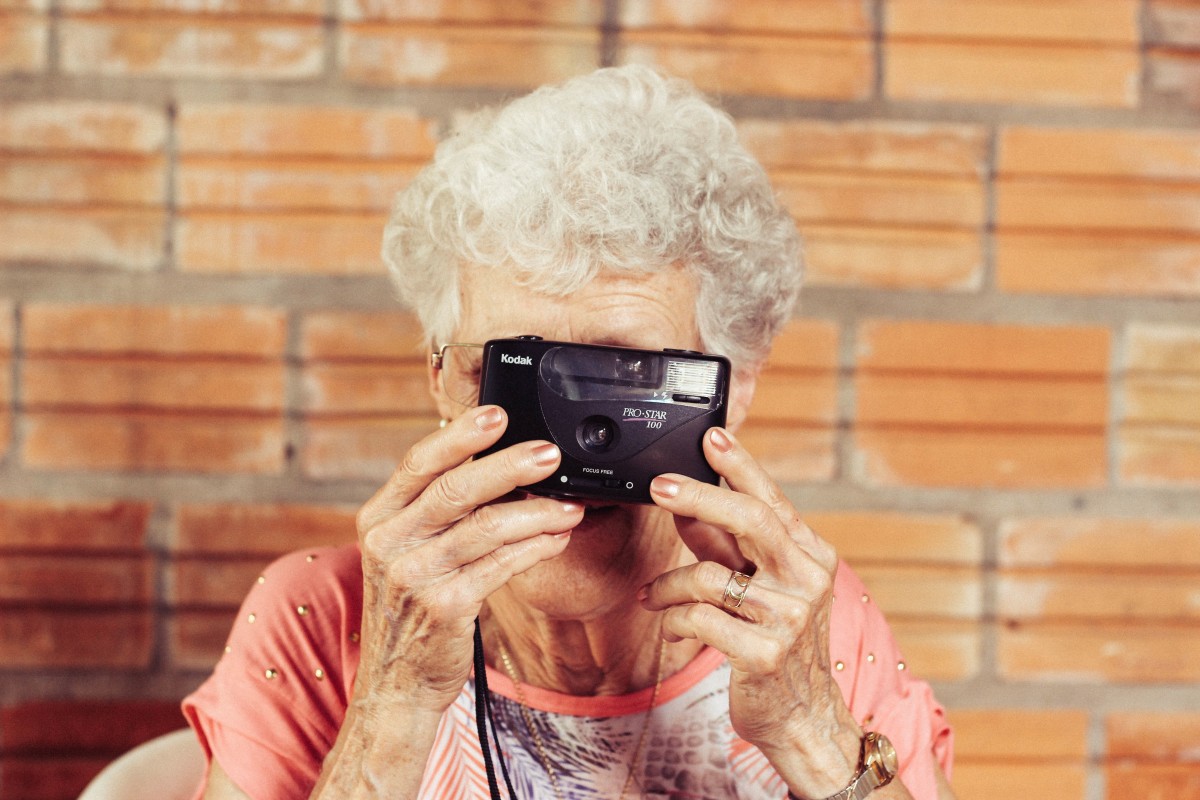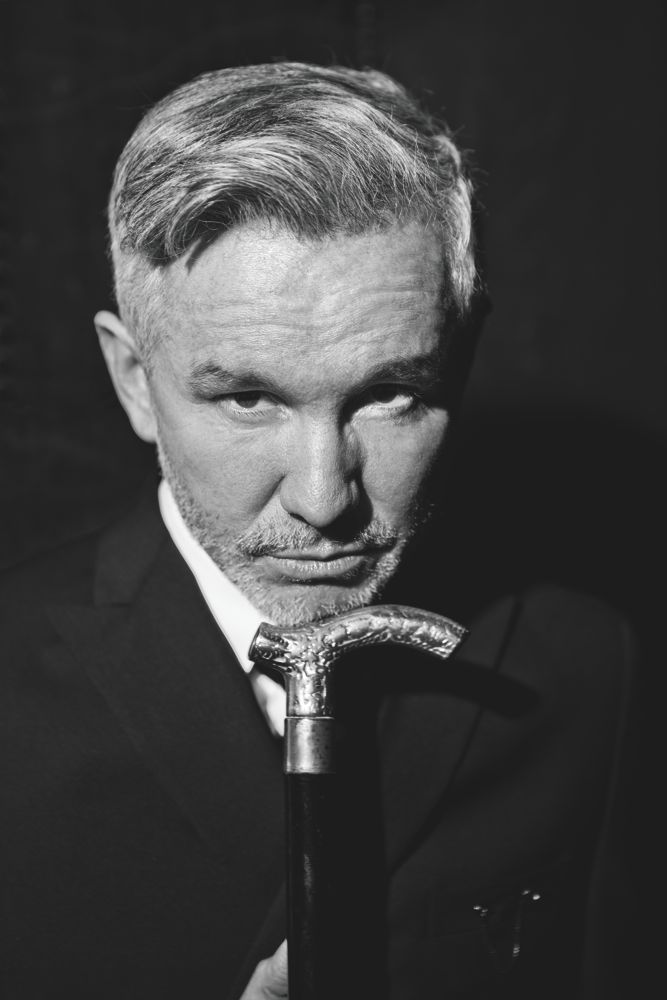In Cinema, we watched Grizzly Man, a documentary about a man named Timothy Treadwell who was obsessed with bears and nature. Watching excerpts from his own videos through the documentary, I (and I believe many other members of the audience) was struck by his peculiar nature and deep obsession with the wilderness, particularly his apparent nonchalance when faced with enormous, unpredictable and powerful adult grizzly bears. For the most part, I think that Treadwell was a nutter, and kept thinking to myself, ‘he’s insane, he’s mad, maybe he is simply not well,’ and my mind was drawn back to yesterday’s lectorial on media institutions and Michel Foucault’s studies of how abnormal behaviour is perceived and treated in society.
Firstly, what made Timothy Treadwell ‘abnormal?’ I would say, from watching Grizzly Man, that it would be his unusual accent and mannerisms. At a first glance, he seemed effeminate which made his character distinctive and out of the ordinary, particularly in the wilds of Alaska.
Secondly, his unusualness came from his deep passionate confessions of love and admiration for bears. In a social context, most people may say they respect bears when brought up in conversation; but he publicly preached about them. Furthermore, his character implied that his love for the beasts made him naïve to their wild, powerful and deadly nature. He said so himself, without much concern, that he was at risk of bodily or fatal harm, and yet he persevered and stayed within the vicinity of bears. Why would a sane person risk their lives and safety for the sake of studying and ‘protecting’ such dangerous creatures? This, I believe, is what would help classify Treadwell in society as a ‘weirdo,’ a ‘nut,’ ‘delusional’ or ‘crazy.’
Treadwell was a fascinating character and is fascinating to observe, because he is a brilliant example of someone in contemporary society who is, in his own way, mentally unwell. He has a history of drug and alcohol abuse, and voluntarily stopped taking antidepressants without the clearance of a doctor and I believe these are grounds for someone who is troubled; not necessarily mentally ill, but confused and unwell. If we were to examine him through the lens of Foucault’s Madness and Civilisation, we would engage in a sociological study of the relationship between Treadwell as an individual and society on a larger scale. In the documentary itself, his friends and acquaintances recounted him as unusual, troubled and, to some degree, worrying or even frightening in his obsession. Even Treadwell’s relationship with the audience while watching the documentary would be an interesting one to study. For one thing, how would we, as an audience of this somewhat biased a perception of a documentary, express our opinions of Treadwell in a social situation with friends or in a discussion in Cinema? That’s something that intrigues me, because I definitely have opinions of Treadwell that I want to clarify for myself.






